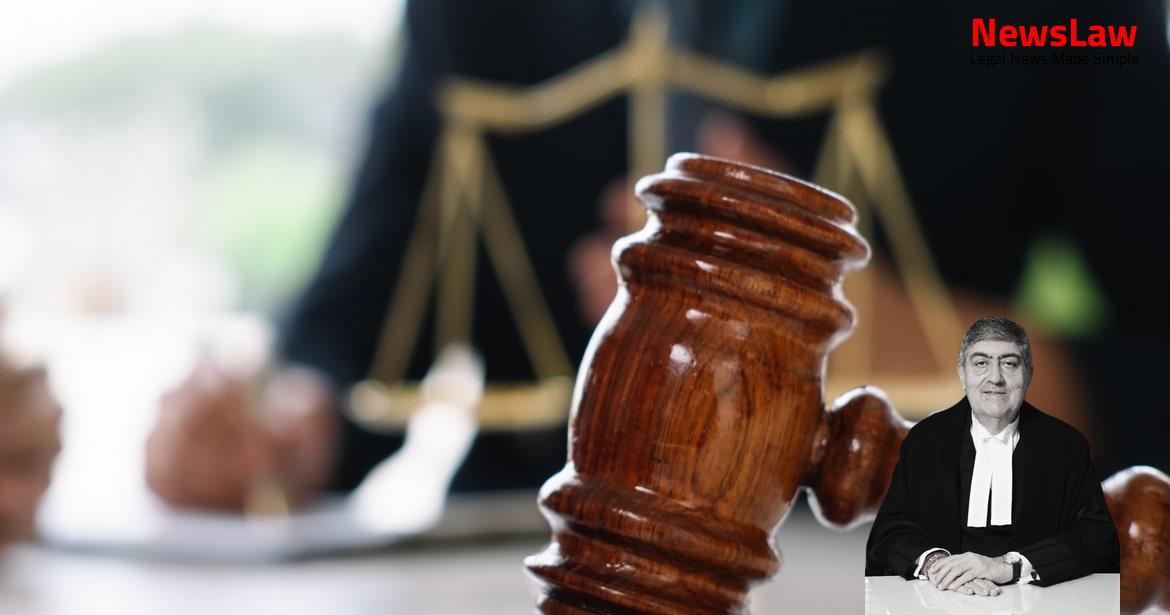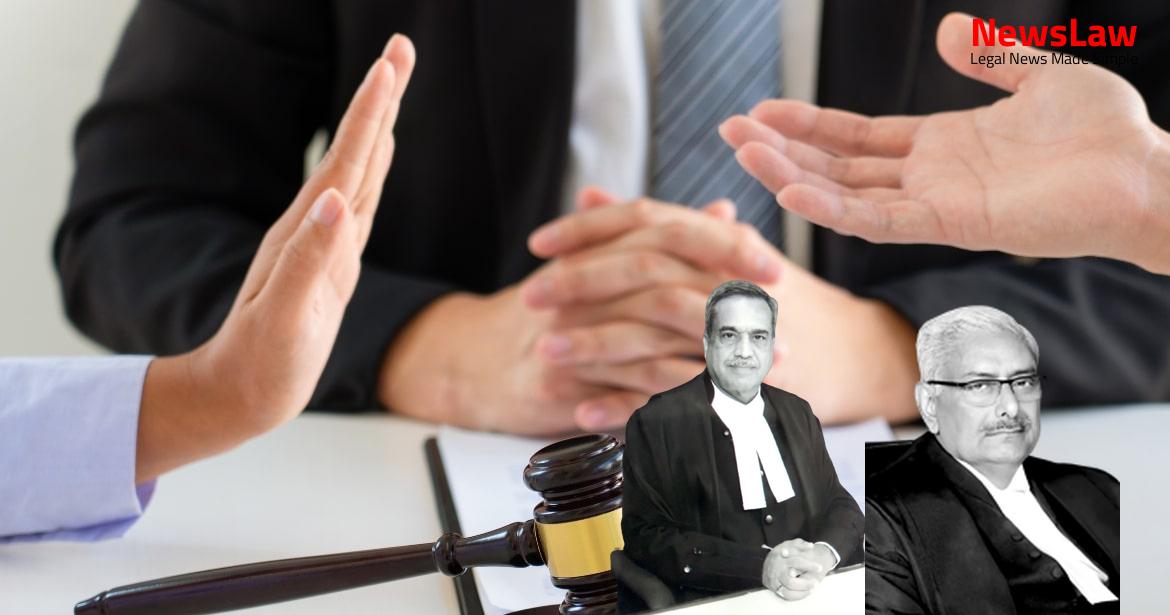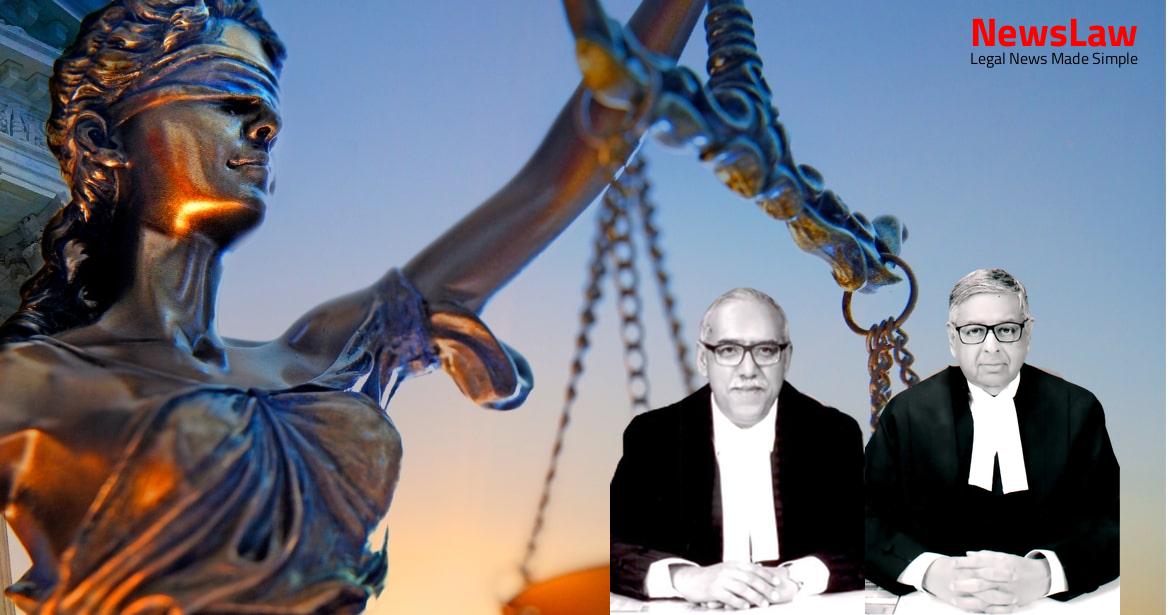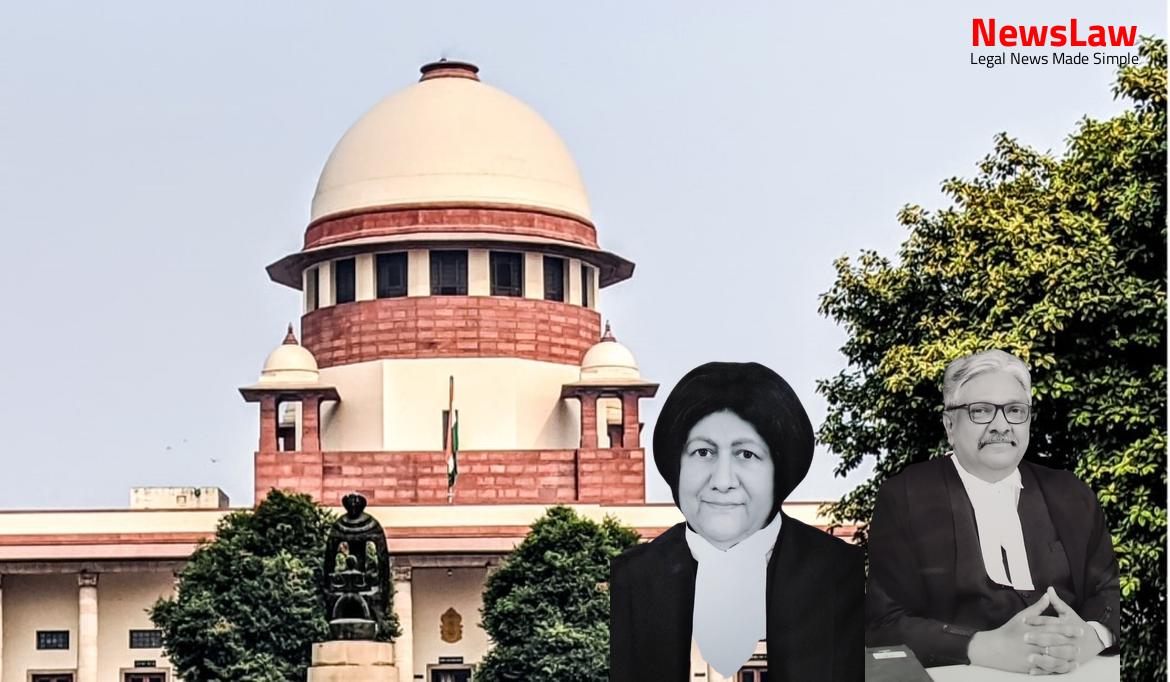A horrendous tragedy occurred on the night of 2 and 3 December 1984, due to the escape of deadly chemical fumes from the factory owned and operated by M/s Union Carbide India Limited (hereinafter referred as ‘ UCIL’ ) in Bhopal. Consequently, the Bhopal Gas Leak Disaster (Registration and Processing of Claims) Scheme, 1985, was framed in exercise of powers conferred under Section 9 of the said Act. As a result of the same, a suit was filed by the Union of India against UCC before the District Judge, Bhopal, seeking compensation of approximately US $ 3.3 billion. This Court observed that there had been careful consideration for several days to the facts and circumstances placed 4 before the Court by the parties; including the pleadings, data, material relating to proceedings in the Courts of USA, the offers and counter offers between the parties at different stages of various proceedings, the complex issues of law and facts raised, as well as the enormity of human suffering occasioned by the Bhopal Gas disaster and the pressing urgency to provide immediate and substantial relief to victims of the disaster.
It was observed that if any material was placed before the Court for drawing a reasonable inference that UCC had earlier offered to pay any sum higher than the out-right down payment of US $ 470 million; it would result in the Court initiating a suo motu action, requiring the parties to show why the settlement should not be set aside and the parties relegated to their respective original positions. The figures before the Supreme Court at the time were stated to be about 3000 fatal cases, and the number of grievous and serious personal injuries was about 30,000, as verifiable from hospital records. 50,000 per individual according as the disability is total or partial and degrees of the latter was envisaged.
Also Read: https://newslaw.in/supreme-court/selection-and-appointment-of-judicial-officers-in-himachal-pradesh/
In another 20,000 cases of temporary total or partial disability compensation ranging from Rs. 500 crores approximately was thought of as allocable to the fatal cases and 42,000 cases of such serious personal injuries leaving behind in their trail total or partial incapacitation cither of permanent or temporary character.” However, the Court concluded that if the total number of cases of death or disability became so large so as to counter the ‘basic assumptions underlying the settlement’, then it would not hesitate to exercise its powers of review. The extinguishment of criminal liabilities by the settlement was held to not be appropriate and thus, that aspect of the original order was reviewed. If such decree were determined on the basis of prevailing law in India, i.e. After a careful thought, it appears to us that while it may not be wise or proper to deprive the victims of the benefit of the settlement, it is, however, necessary to ensure that in the — perhaps unlikely — event of the settlement fund being found inadequate to meet the compensation determined in respect of all the present claimants, those persons who may have their claims determined after the fund is exhausted are not left to fend themselves.
We are of the view that such contingencies shall be taken care of by obtaining an appropriate medical group insurance cover from the General Insurance Corporation of India or the Life Insurance Corporation of India for compensation to this contingent class of possible prospective victims. Having regard to the population of the seriously affected wards of Bhopal city at the time of the disaster and having regard to the addition to the population by the subsequent births extrapolated on the basis of national average of birth rates over the past years and the future period of surveillance, this figure broadly accords with the percentage of (sic the) population of the affected wards bears to the number of persons found to be affected by medical categorisation.
We are confronted here with an application filed under this Court’s curative jurisdiction by the Union of India 19 years post the settlement (i.e. The Union of India’s claims, as set out in the petitions, are based on three categories: “ Claim – I: Claim on account of incorrect and wrong assumption of facts and data in the impugned judgments and orders on following grounds: (i) Error in computation of Death Cases – Court recorded the estimated number of death cases was 3,000 whereas actual figure of death is 5,295 cases.
(ii) Error in computation of Temporary Injury Cases – Court recorded the estimated number of temporary disability cases was 20,000 whereas actual figure of temporary disability is 35,455 cases.
The real increase is on account of minor injuries where it is stated that the additional amount required is of Rs.
The Union of India has also claimed that since the revised amount is being claimed a number of years after the settlement; several aspects, such as the devaluation of the rupee, interest rate, purchasing power parity, and the inflation index ought to be taken into account. Counsel for UCC also highlighted another procedural deficiency on the basis of paragraph 52 of Rupa Ashok Hurra, wherein the petitioner is required to specifically aver that the grounds mentioned in the curative petition had been taken in the review petition and subsequently dismissed by circulation.
On this preliminary point, we may note that a curative petition relates to a re-examination of a final judgment of this Court, particularly one that has already undergone such re-examination through the Court’s review jurisdiction. Nevertheless, looking at the nature of the matter before us, it would be advisable to also examine the curative petition(s), apart from the aforesaid preliminary objection. It is noteworthy that the Union of India had opposed the plea of the private parties, and had taken a stand before this Court that claims had been adjudicated and compensation had been paid in terms of the scheme devised under the said Act. There appear to be two reasons for the growth of the fund – (a) interest on it and (b) more importantly, an exchange rate fluctuation in favour of the US Dollar. As a final stamp upon the settlement; this Court’s order dated 15.02.1989 had imposed a duty on the Union of India and the State of Madhya Pradesh to ensure that any suit, claim, or civil complaint filed in the future against UCC would be defended by the Union of India and would be disposed of in terms of the said order. This Court had dealt with the risk of asymptomatic individuals later becoming ill and had directed the Union of India to obtain insurance cover for eight years and to provide free medical monitoring and treatment of victims.
The Union was fully aware of the consequences of setting aside the settlement and thus, restricted their petitions to a prayer for ‘topping up’ the settlement amount. The Welfare Commissioner had recorded that after paying Rs.1,548.95 25 crores in the first round, a further Rs.1,509.14 crores had been disbursed on pro rata basis. Mere sympathy for the sufferers does not enable us to devise a panacea; more so while looking into the nature of dispute, and the multifarious occasions on which this Court has applied its mind to the settlement. Except for cases of minor injuries, the settlement amount was actually in excess as is apparent from the table reproduced above. We are conscious of the fact that the exchange rate worked in the Union’s favour as the exchange rate of the Dollar rate escalated. Some interest on the settlement amount also came in. Further, it has been admitted in the proceedings culminating in this Court’s order dated 19.07.2004 that the amount of settlement was found to be in surplus of the actual requirement, and thus the claimants had been “ provided compensation that was more than what was reasonably awardable to them under law ”. This is gross negligence on part of the Union of India and is a breach of the directions made in the 30 review judgment. We believe this would not be an appropriate course of action or a method to impose a greater liability on UCC than it initially agreed to bear.
A sum of Rs.50 crore lying with the RBI shall be utilised by the Union of India to satisfy pending claims, if any, in accordance with the Bhopal Gas Leak 32 Disaster (Processing of Claims) Act, 1985 and the Scheme framed thereunder. Now the curative petitions have been filed by the Union of India having not filed review petitions. We are thus of the view that for all the aforesaid reasons the curative petitions cannot be entertained and we thus dismiss it leaving the parties to bear their own costs.
Case Title: UNION OF INDIA . Vs. M/S. UNION CARBIDE CORPORATION (2023 INSC 222)
Case Number: CURATIVE PET(C) No.-000345-000347 / 2010



